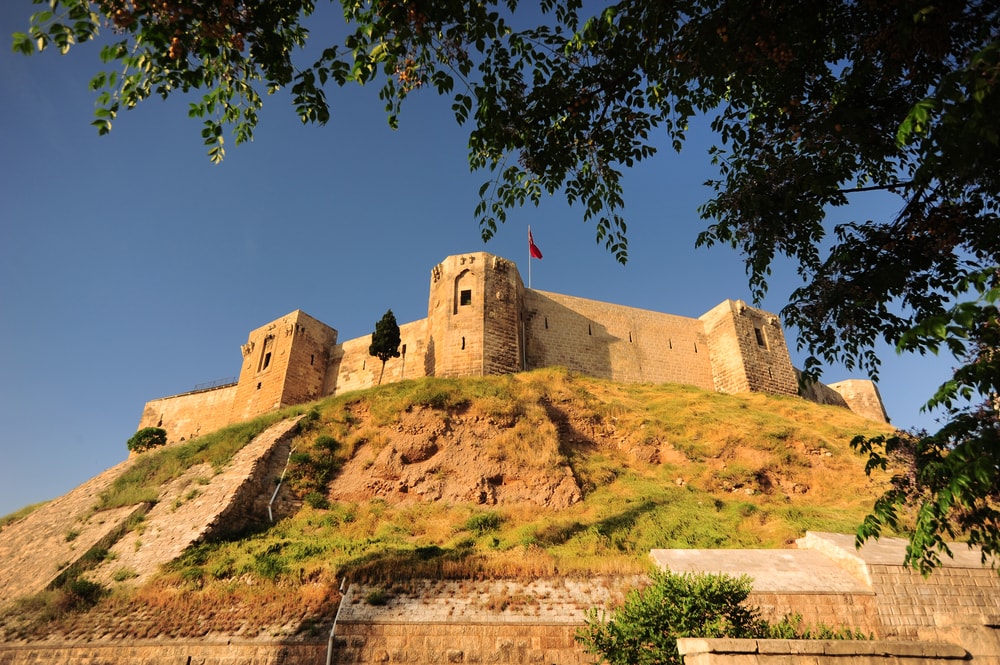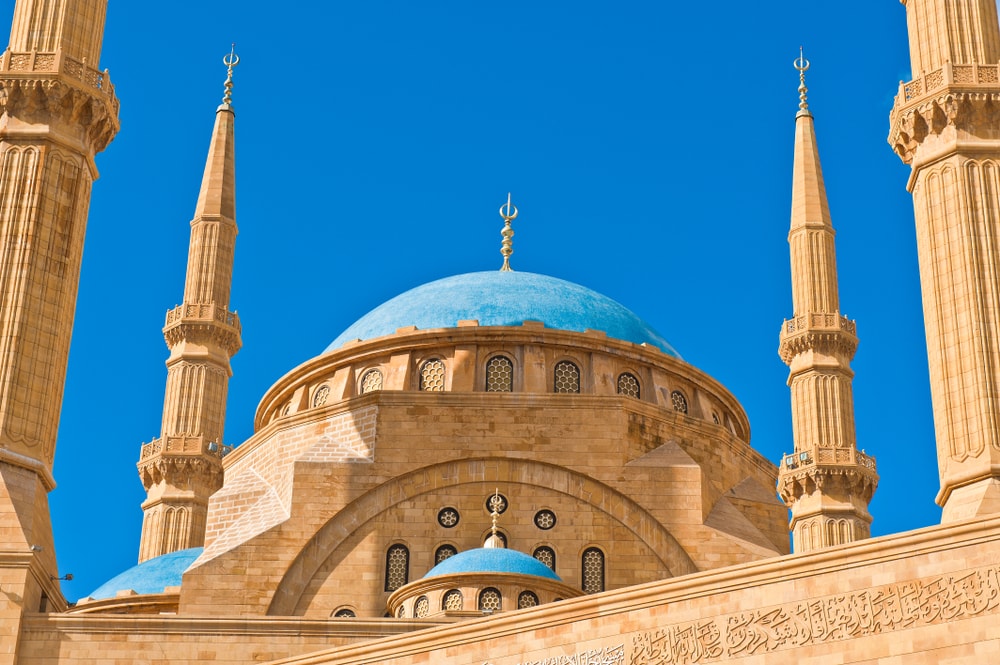From picturesque ruins to cliff-face monasteries, we explore the unique appeal of the oldest cities in the world
There’s a certain aesthetic attached to the oldest cities in the world: bustling souks beneath a bright blue sky, flowing garments of whispery white, stone masonry cooked yellow by the sun.
In reality, the oldest cities in the world have faced deep unrest throughout their long histories. Tragically, some are still uninhabitable. Aleppo in Syria, for example, is likely the oldest continuously inhabited city in the world but suffers ongoing conflict today. Damascus too is off limits.
Not all is lost, however. Some of the oldest cities in the world are flourishing. Places like Plovdiv in Bulgaria have adapted to modern society while preserving the beauty of times long past. Below, we examine the unique appeal of these ancient cities along with their top sights – some former and some still standing.
10. Beirut, Lebanon
3,000 BC
Likened to a Phoenix, Beirut has reportedly been destroyed and rebuilt seven times over its five-thousand year history. It is mentioned in letters to the Pharaoh of Egypt as early as 14th century BC and archaeologists have unearthed flint tools dating from the Middle Paleolithic and Upper Paleolithic through the Neolithic to the Bronze Age.
The National Museum of Beirut is the city’s foremost cultural institution. It charts Lebanon’s history and features pieces from the Bronze and Iron ages as well as the Hellenistic, Roman, Byzantine and Mamluk periods.
9. Gaziantep, Turkey
3,650 BC
Gaziantep, like many of the other oldest cities in the world, has passed through many hands in its extraordinarily long history, including the Byzantines, Crusaders and Ottomans.
Today, it’s a fast-paced city known for its foodie scene. The Turkish word fıstık (pistachio) will serve you well here. Home to around 180 pastry shops, Gaziantep is said to produce the world’s best pistachio baklava.

The Gaziantep Zeugma Mosaic Museum is the biggest mosaic museum in the world, home to 1,700 square metres of mosaics, many of which were unearthed at the Roman site of Belkıs-Zeugma before the Birecik Dam flooded much of the site forever.
8. Plovdiv, Bulgaria
4,000 BC
Plovdiv, the second-largest city in Bulgaria, has long competed with the capital, Sofia. Originally…
Click Here to Read the Full Original Article at Atlas & Boots…
